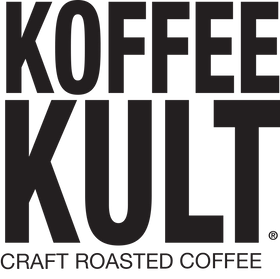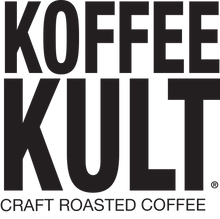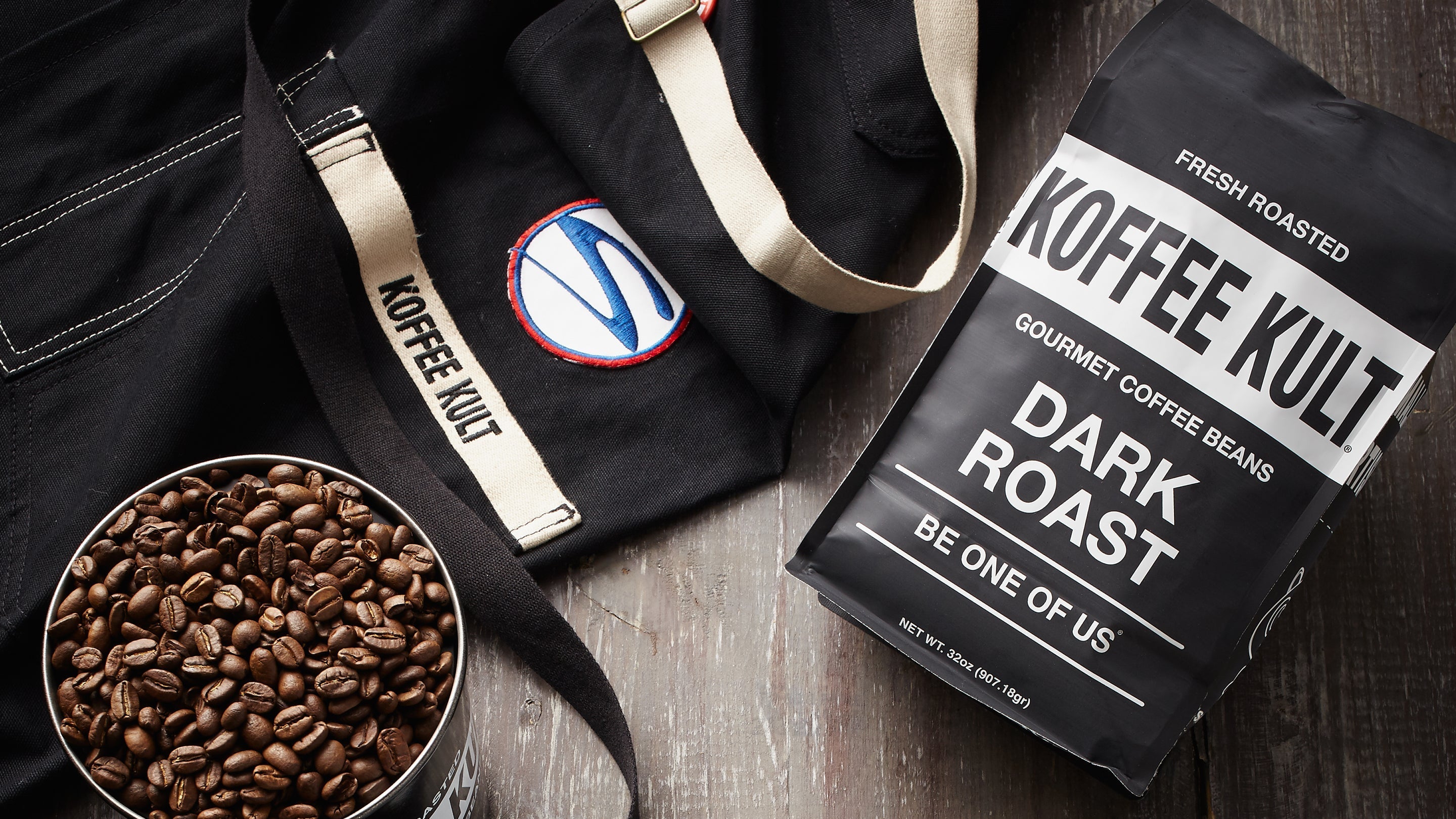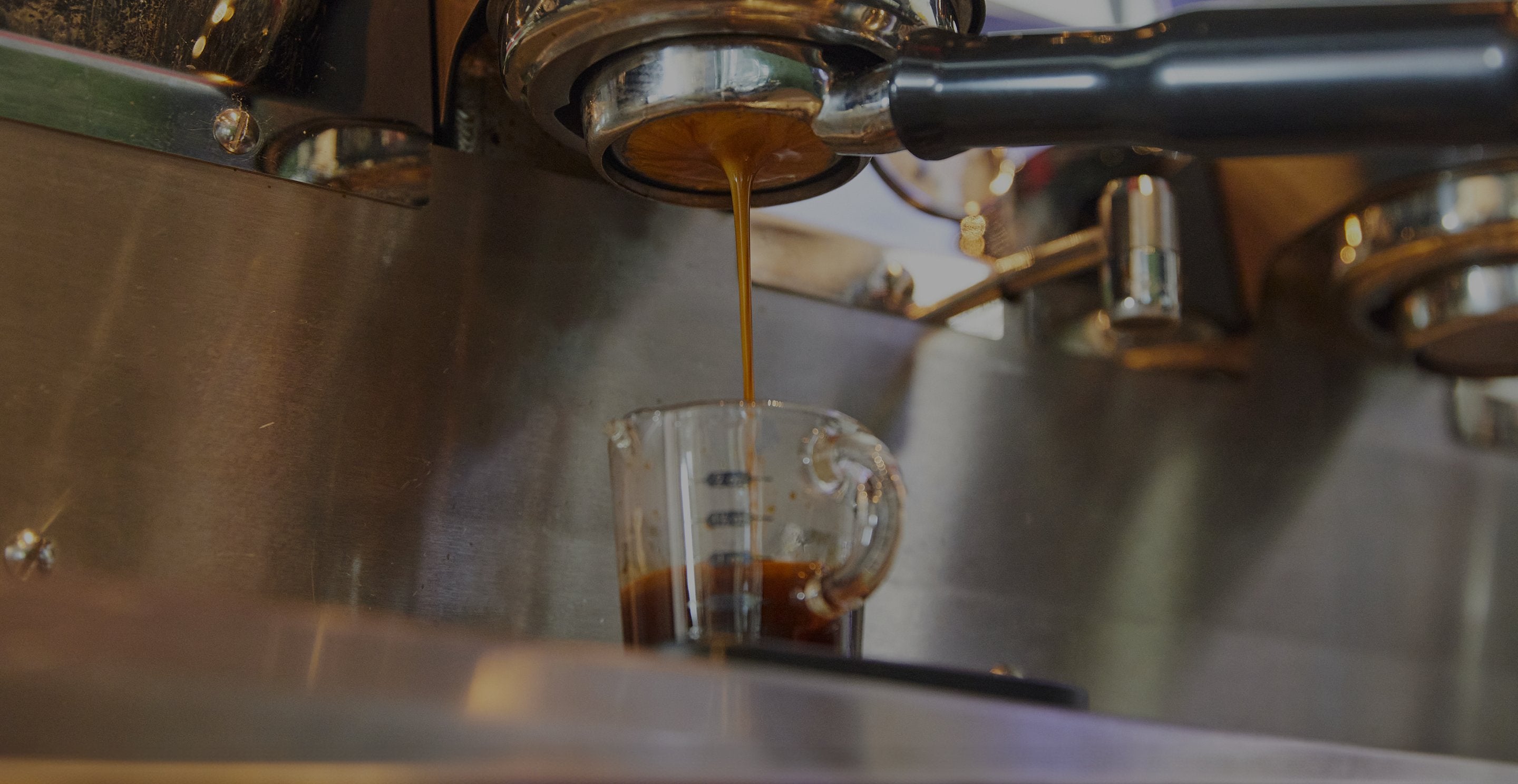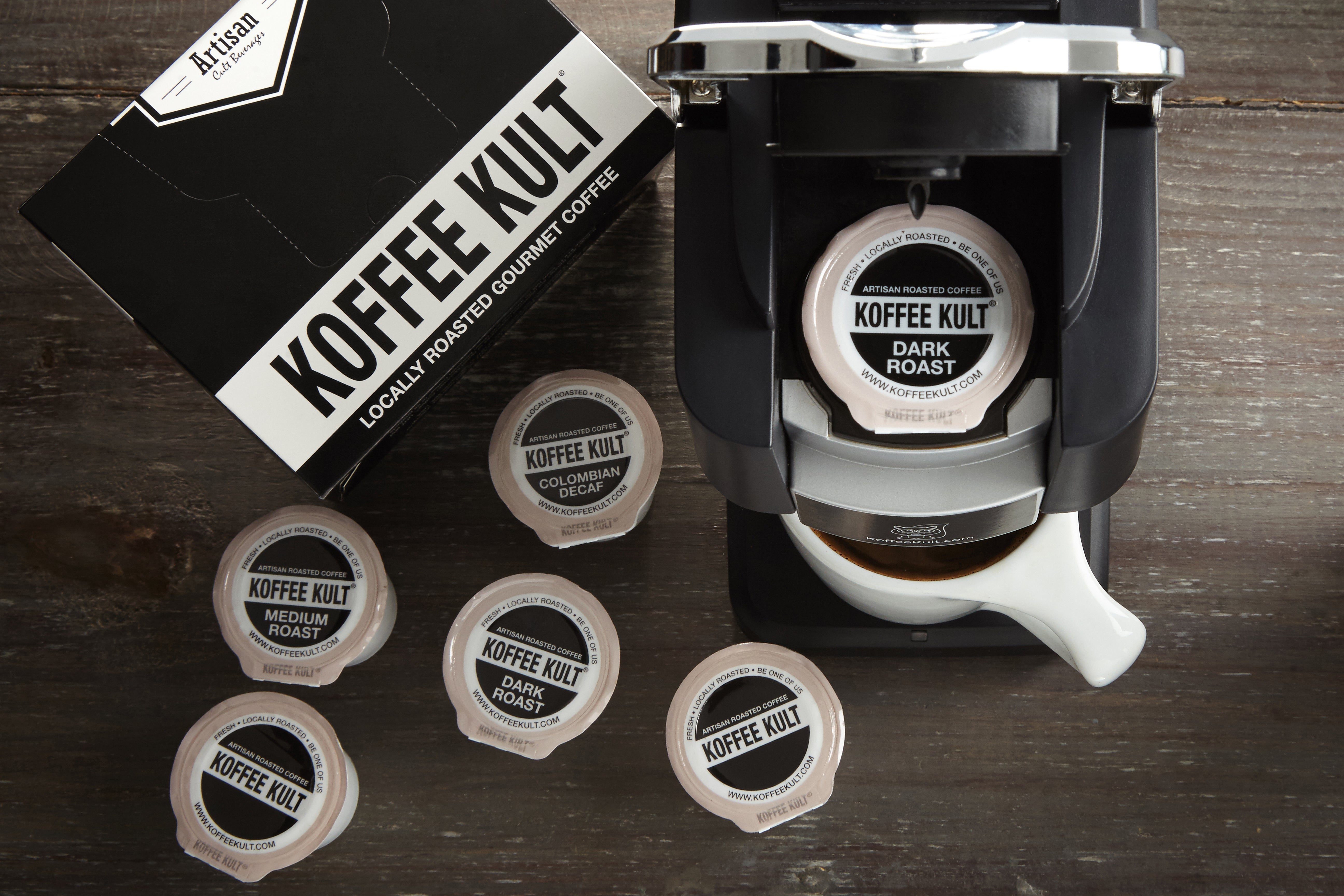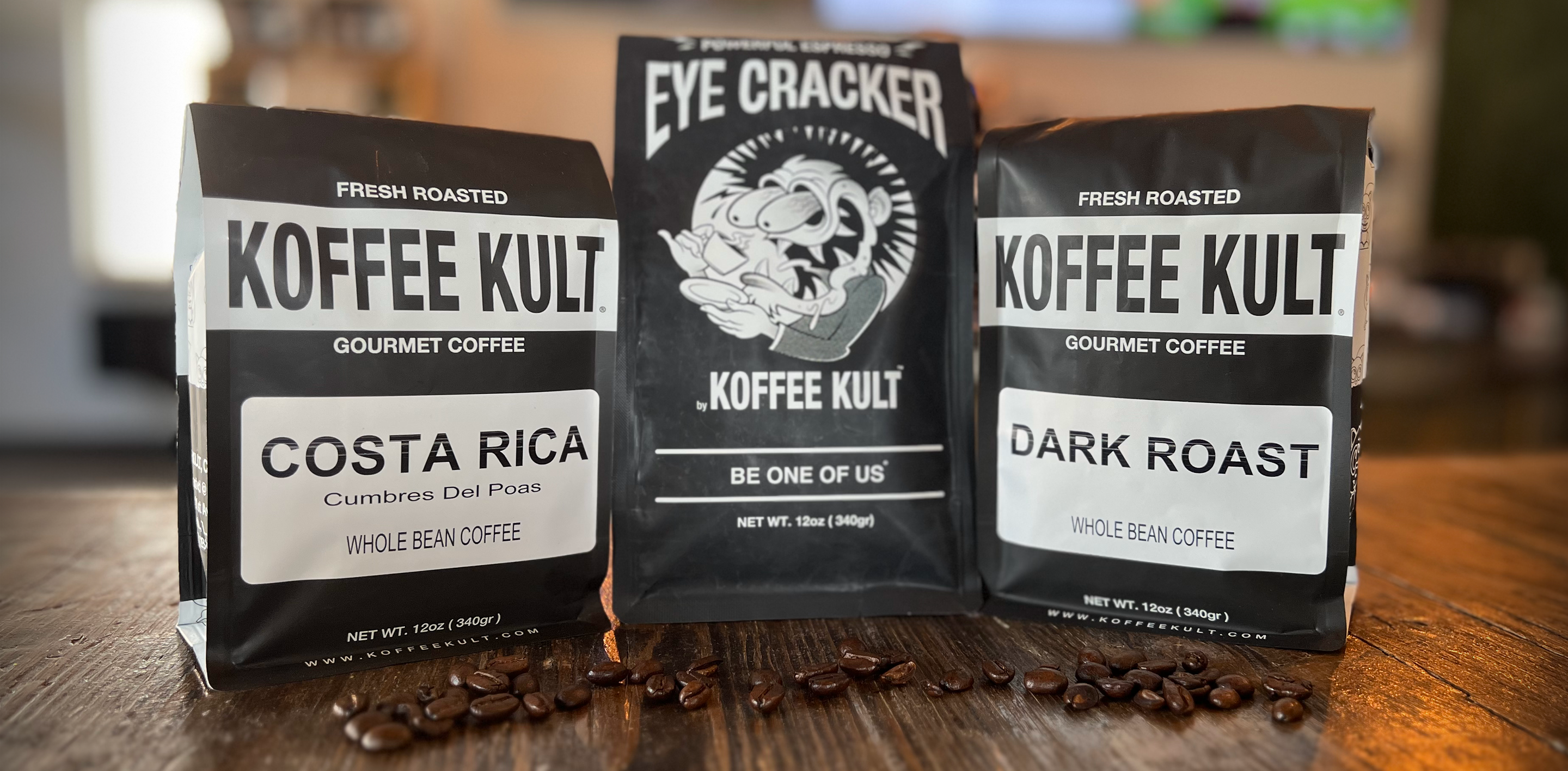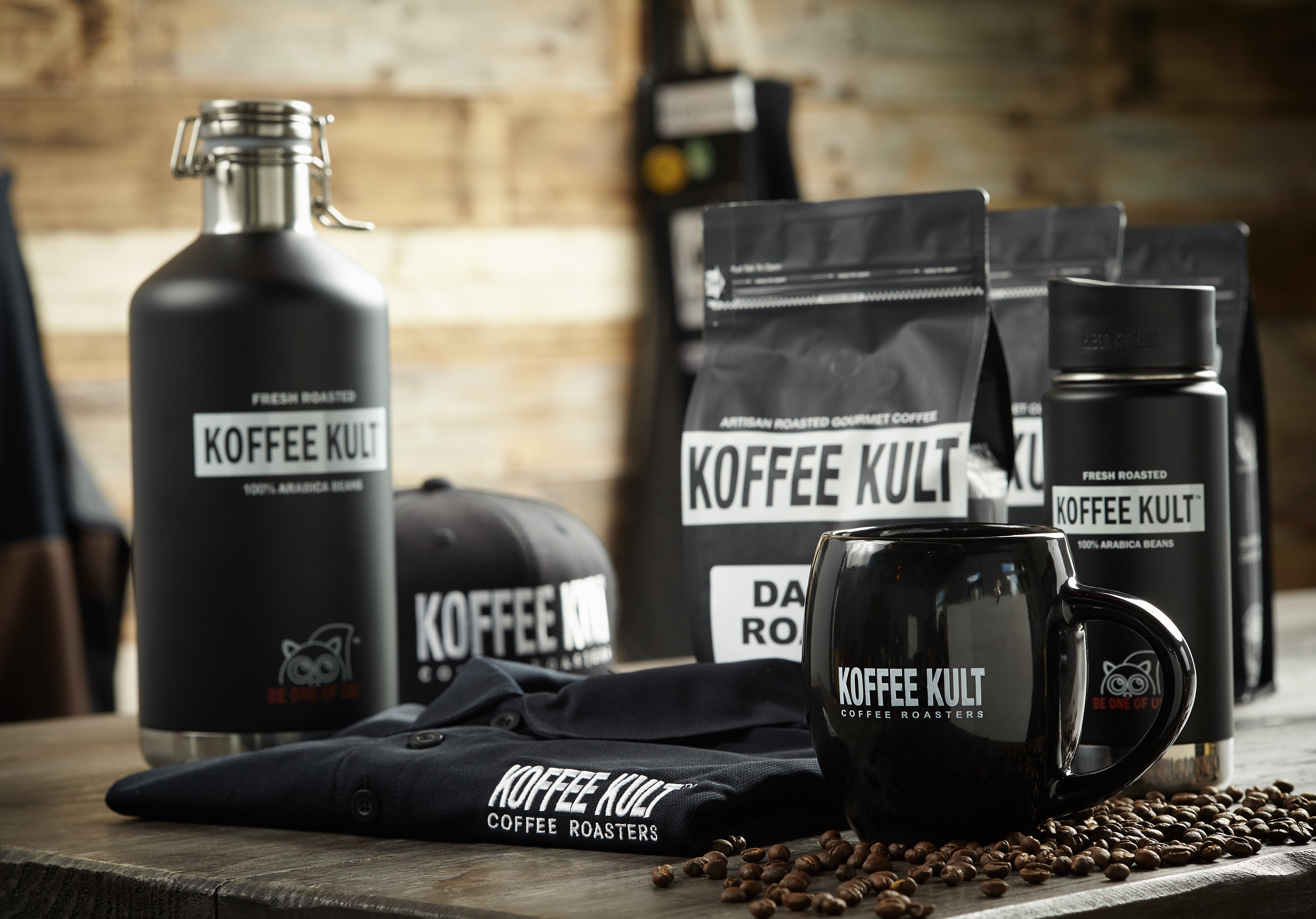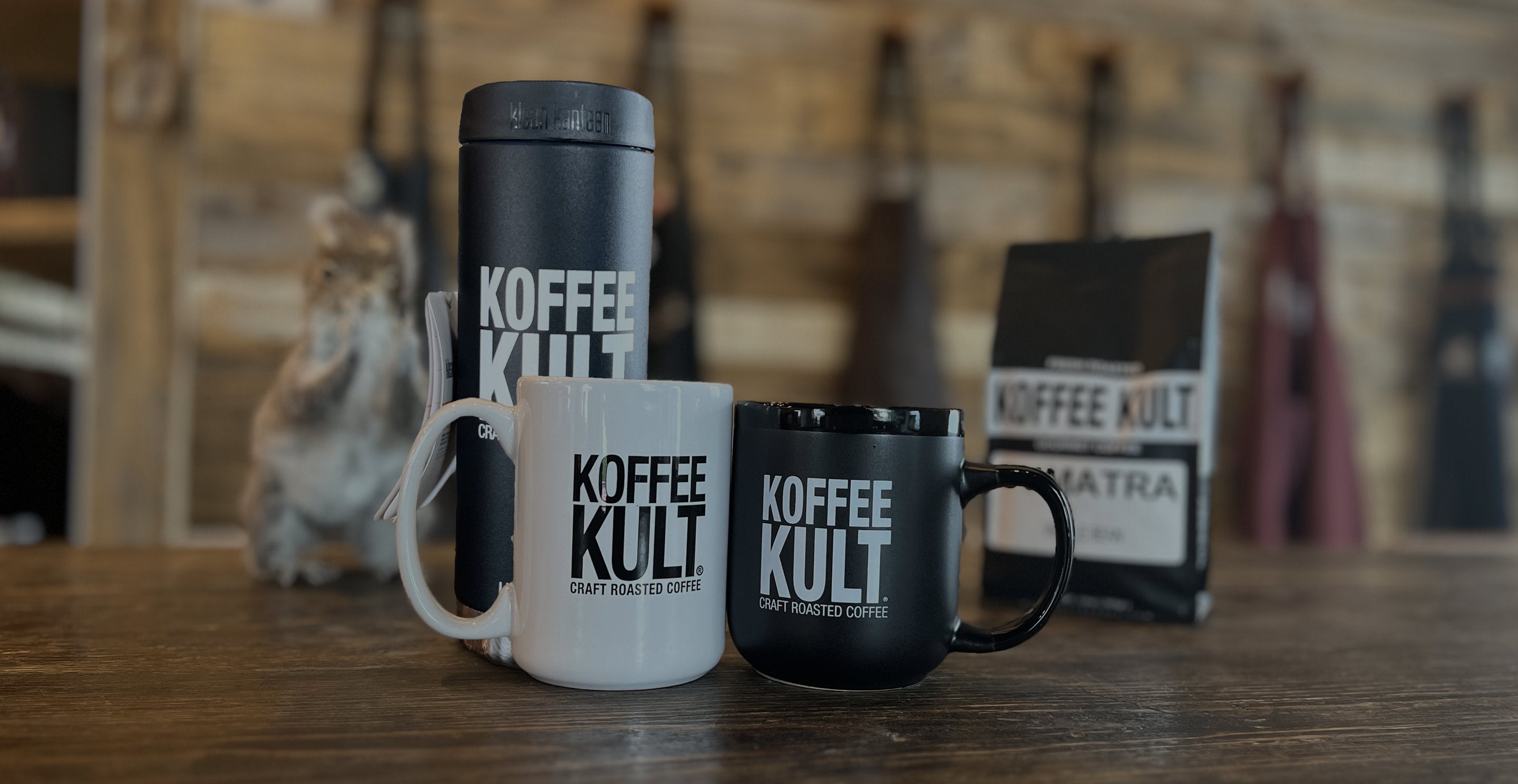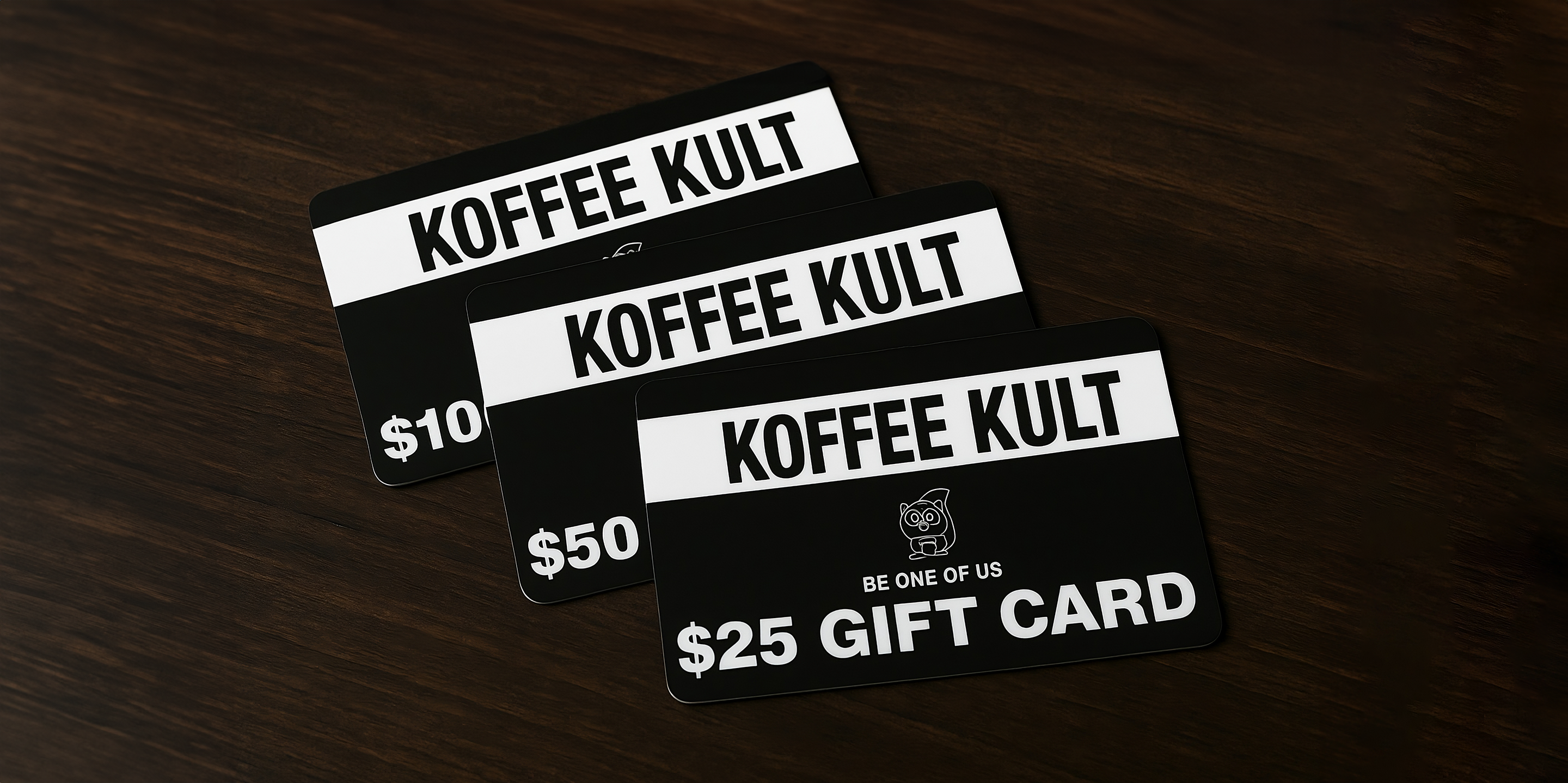Know Your Beans: Roasting Stages
Koffee Kult coffee roasters use different names to describe the different roasts which we produce. For example, you have your light, medium, and dark roasts. Professional roasters that have specific recipes like to follow a roasting profile to achieve the flavor they are searching for. Of course, roasting is not the only factor that plays into the art of roasting premium coffee. Before jumping into any roasting stages, you must know everything about the coffee beans you are using in order to achieve the specific taste and aroma of the roast. You must consider factors such as the coffee’s origin, variety, processing method, and flavor characteristics.
As you continue to dive deeper into achieving your end roast, there is a select few common roasts which you can follow to help you achieve what you’re looking for. The common roasting stages are light, medium, and dark, which can be used as a guide to meet any roast in-between, like a light-medium roast.
Light Roasts have a light body, no oil, and a light brown color - hence the light roast. This roast has the most acidity compared to any other roasting style. The light roast has a very toasted grain taste packed with the distinct taste of its origin.
Medium Roasts carry a very medium brown color with a heavier body than light roasts. Still with this roast there is no oil on the exterior, but without the grainy taste like the light roast. At this stage you’ll have achieved a balanced flavor between acidity, aroma, and flavor.
Dark Roasts have a very dark brown, sometimes black color. These beans will have developed a shiny/oily surface. At this roasting stage you will have gotten away from fruity flavors and reached a more smoked flavor.
As you play around with different roasting styles and stages you’ll learn that different stages can either maximize premium coffee, or completely abolish the flavors and aromas you were hopping to achieve. It’s your coffee - roast away.
